Hello, dear community and enthusiasts of Good Agricultural Practices. I hope you are all doing well. Today, I would like to share my experience on managing an oil palm nursery, specifically focusing on the challenges I encountered during the planting and post-planting phases of over 220,000 improved varieties of oil palm seedlings. Allow me to guide you through the steps I took to successfully manage this endeavor. I affectionately referred to the seedlings as my "babies" due to their delicate nature, and nurturing them proved to be quite a challenge. I held the position of Field Supervisor, responsible for overseeing the Oil Palm Estate Nursery, with the support of my two bosses, Pak Antares and Pak Kaiser, who are esteemed senior estate managers from Indonesia. The seedlings were procured from the National Research Institute of Agriculture in Cotonou, Benin Republic. It is highly recommended to obtain the Tenera variety from a reputable and recognized institute to ensure the highest quality seedlings. In our case, we were given a timeframe of four days to complete the planting process. To accomplish this, I had a dedicated team consisting of over 40 workers, as well as two experienced head women.
Challenge 1: Theft
Unfortunately, theft by workers is a significant issue during planting as Colleagues of mine shared their experiences from the previous year when they received 80,000 seedlings for planting, only to discover that 12,500 had been stolen. These experiences provided valuable insight into what I could expect when it came time to plant the germinated seeds. Consequently, I made arrangements with my boss to deploy eight security personnel to the pre-nursery area prior to the commencement of the planting operation. I devised a comprehensive security strategy where I stationed 2 security guards at the gate to conduct thorough search on workers leaving nursery, 2 overseeing seed sorting, and positioned 4 directly at the planting site to ensure security during the planting operations. This proactive approach led to the recovery of 1850 germinated seeds from workers, significantly mitigating theft. Despite this success, 1024 seeds were still unaccounted for.
Challenge 2: Pest Damage
Below this text is an image showing how the plumule and radicle of the oil palm seed were destroyed. Pest damage posed a second challenge, primarily caused by birds and rats. I meticulously recorded damages, revealing that 50 seedlings were destroyed across 2 beds. Employing Integrated Pest Management (IPM), I collaborated with my boss to provide the nursery security team with tools such as catapults and condemned 200ltr drums for deterring pests. This strategy significantly reduced damage and allowed my seedlings to flourish with their vibrant green leaves.
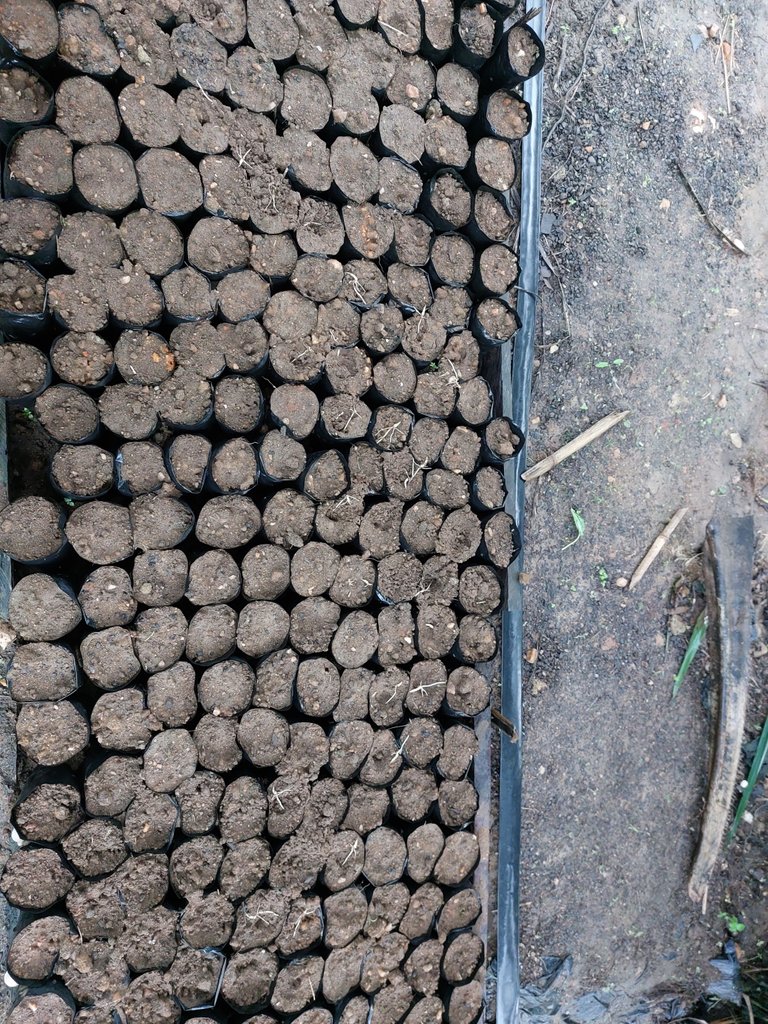
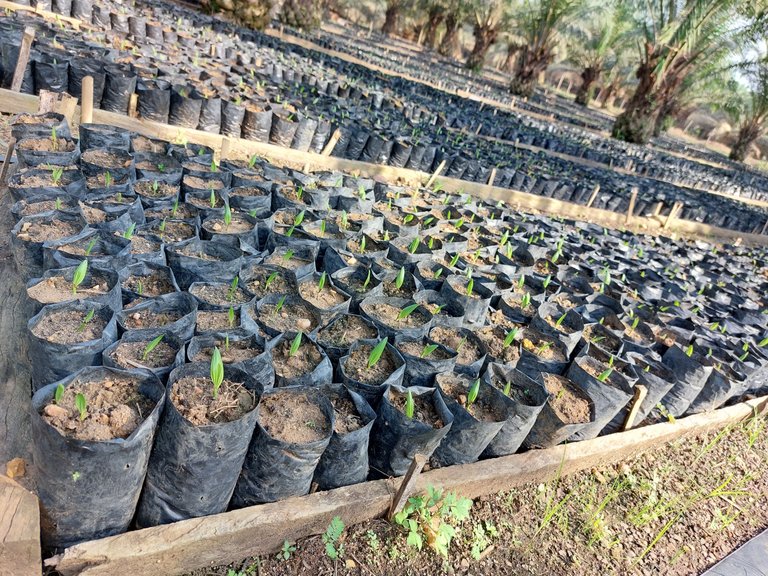
Challenge 3: Weed Growth
The rapid growth of weeds due to regular irrigation threatened my babies' health and required extensive labor to manage. To address this, I secured kernel shells for mulching from my boss. This solution effectively suppressed weed growth and relieved the labor burden on my team, resulting in a visually pleasing pre-nursery.
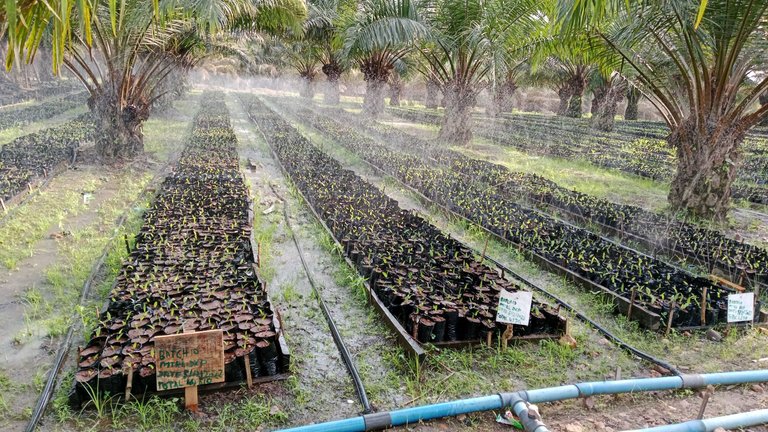
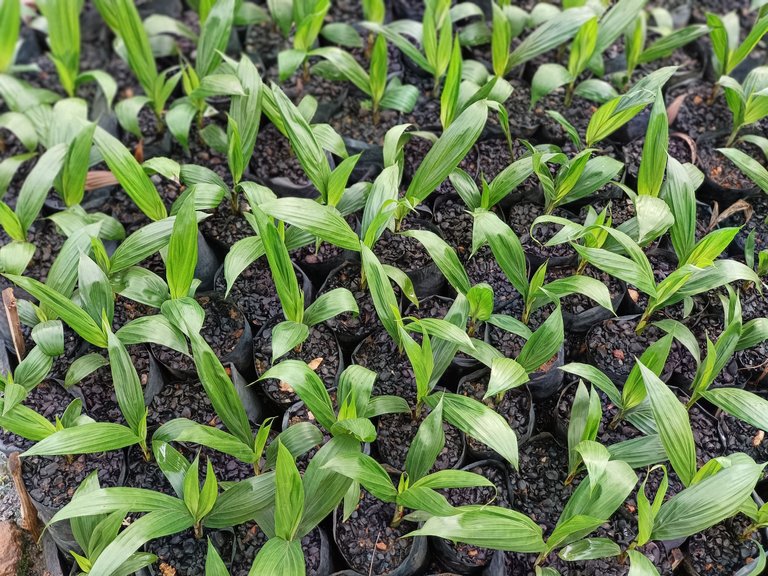

Challenge 4: Uneven Watering
Uneven watering became evident during routine checks, with some seedlings receiving insufficient water. I instructed my irrigation team to flush the irrigation tubes using abrasive sponges twice a week. This small adjustment, combined with the use of raffia strings to tighten the end of the tube and holden it firmly on the ground with pecs carved from bamboo sticks stabilize the irrigation tubes, resulted in uniform watering and healthy growth.
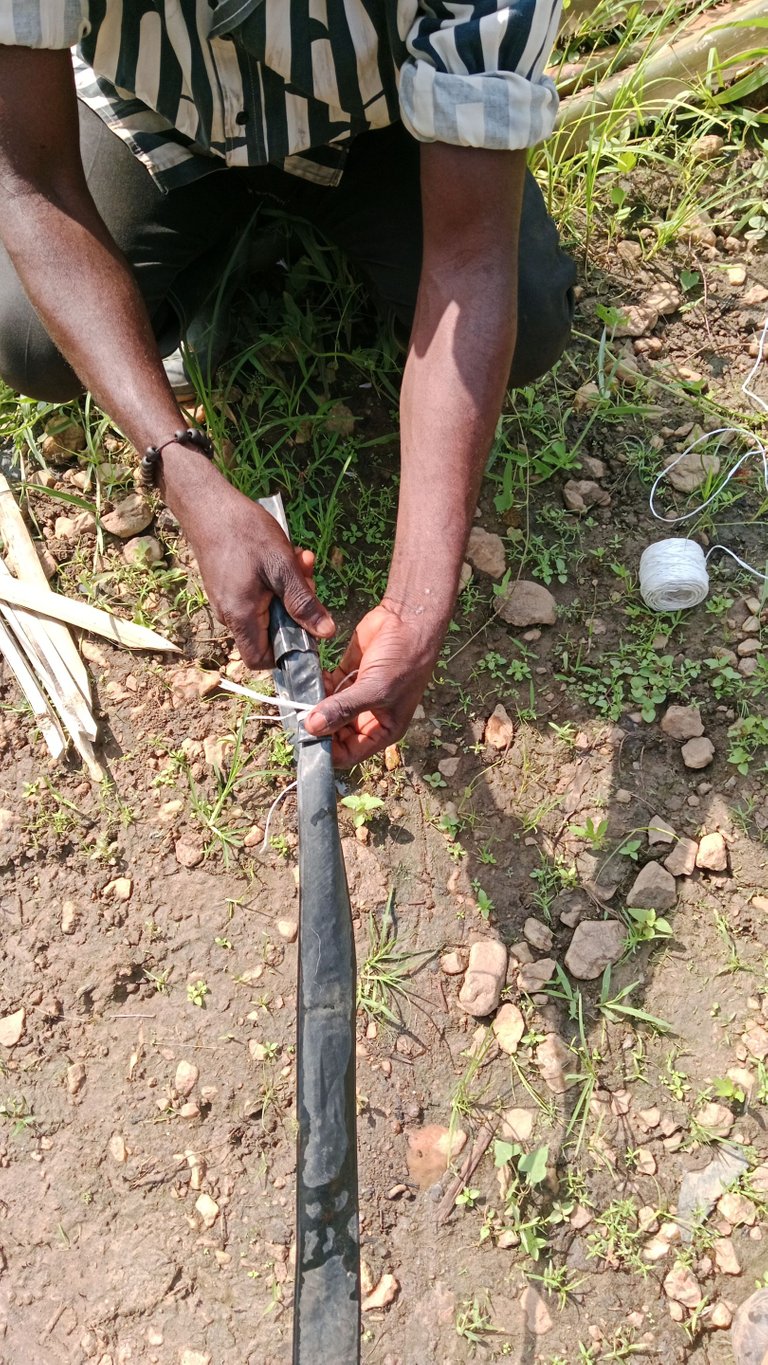
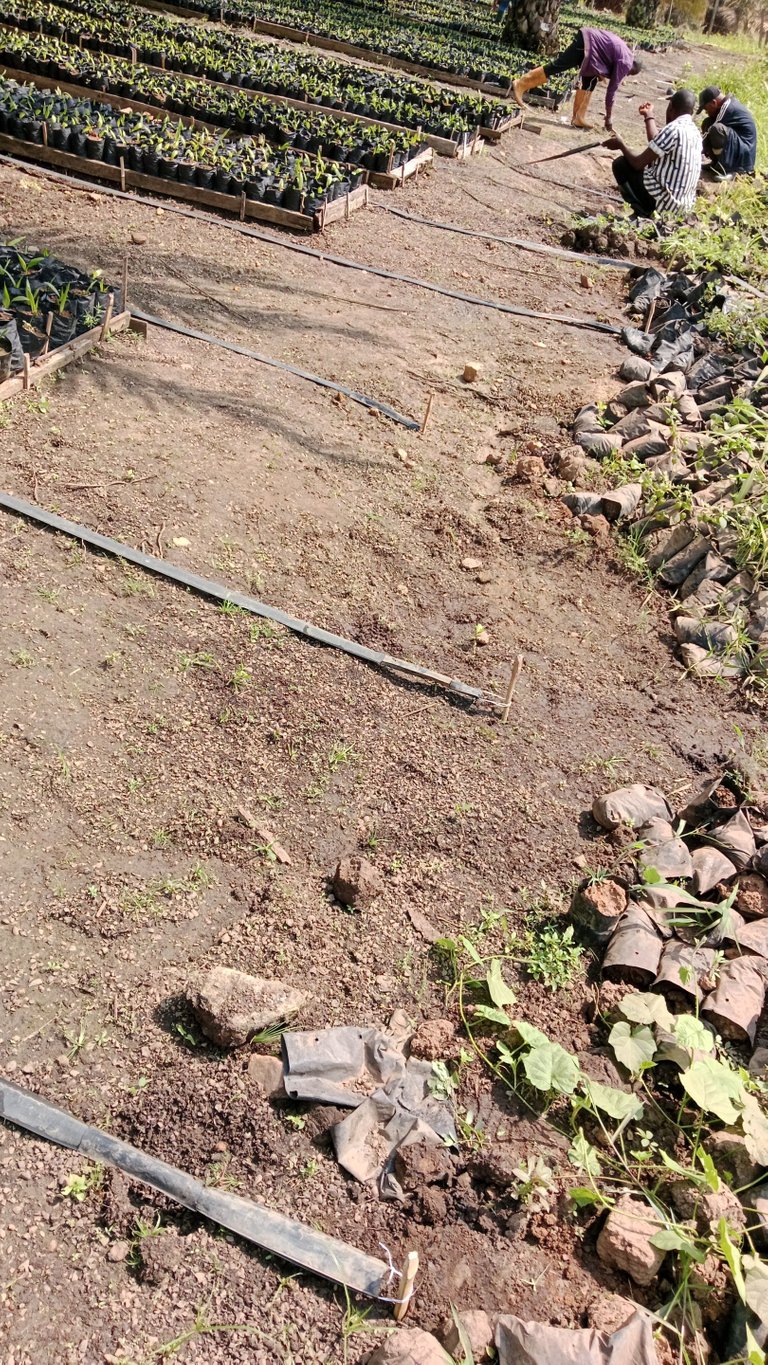
Challenge 5: Fungal Infections
As the days passed, during a routine check on my plants, I observed a yellowish pigmentation on the leaves of some seedlings and noticed that some leaves had died. I made sure to record these findings and discussed them with my boss. He advised me to thoroughly inspect the irrigation team's practices and ensure that the seedlings were not being overwatered for longer than 10 minutes, as excessive watering can lead to fungal infections. Additionally, he recommended that I request a Mankozeb fungicide from the store for spraying.

Understanding how fungi thrive in humid environments and aiming to maintain sustainable agricultural practices, I suggested to my boss that instead of immediately resorting to chemical methods, we should first explore the use of physical control measures. I proposed engaging my team in pruning the matured palms that served as shade trees for the seedlings. This would allow sunlight and air to penetrate, creating a less favorable environment for the fungi. My boss supported the idea, and I proceeded with the operations.
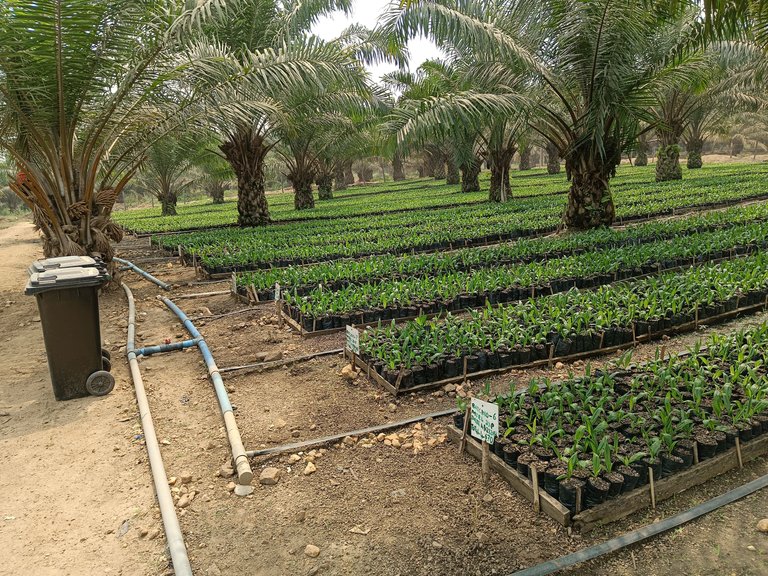
After noticing poor drainage at the nursery leading to water logging and serving as a breeding ground for pests and infections, I requested a mini excavator from the Estate workshop to create a proper drainage system. This greatly improved the conditions at the nursery.
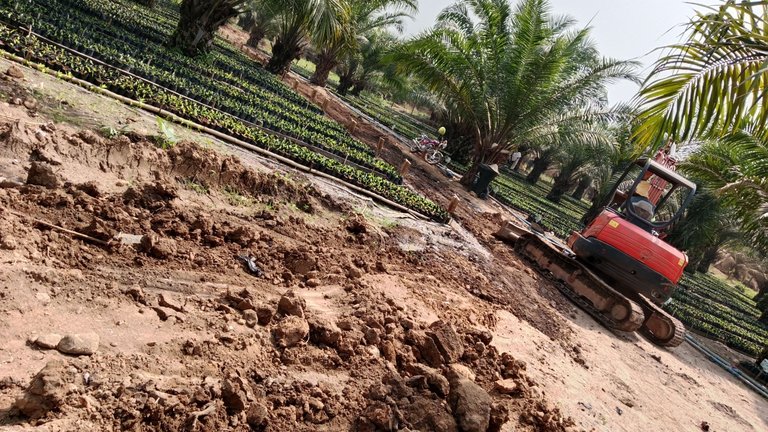

Challenge 6: Insect Infestation
A few days after conducting the pruning and drainage operations, while closely monitoring the seedlings, I observed the presence of soil-like structures built up by insects on some of them. This led to the development of yellow pigmentation spots on the seedlings. Applying my knowledge of Integrated Pest Management (IPM), I decided to implement biological strategies for pest control. I introduced Tunera plants, which attract natural enemies like ladybugs that feed on aphids. I planted these Tunera subulata plants in close proximity to the affected areas within the nursery premises. Below is an image depicting the appearance of the Tunera subulata plants. Alternatively, you can also consider using sunflower plants as another effective biological control measure for pest control.
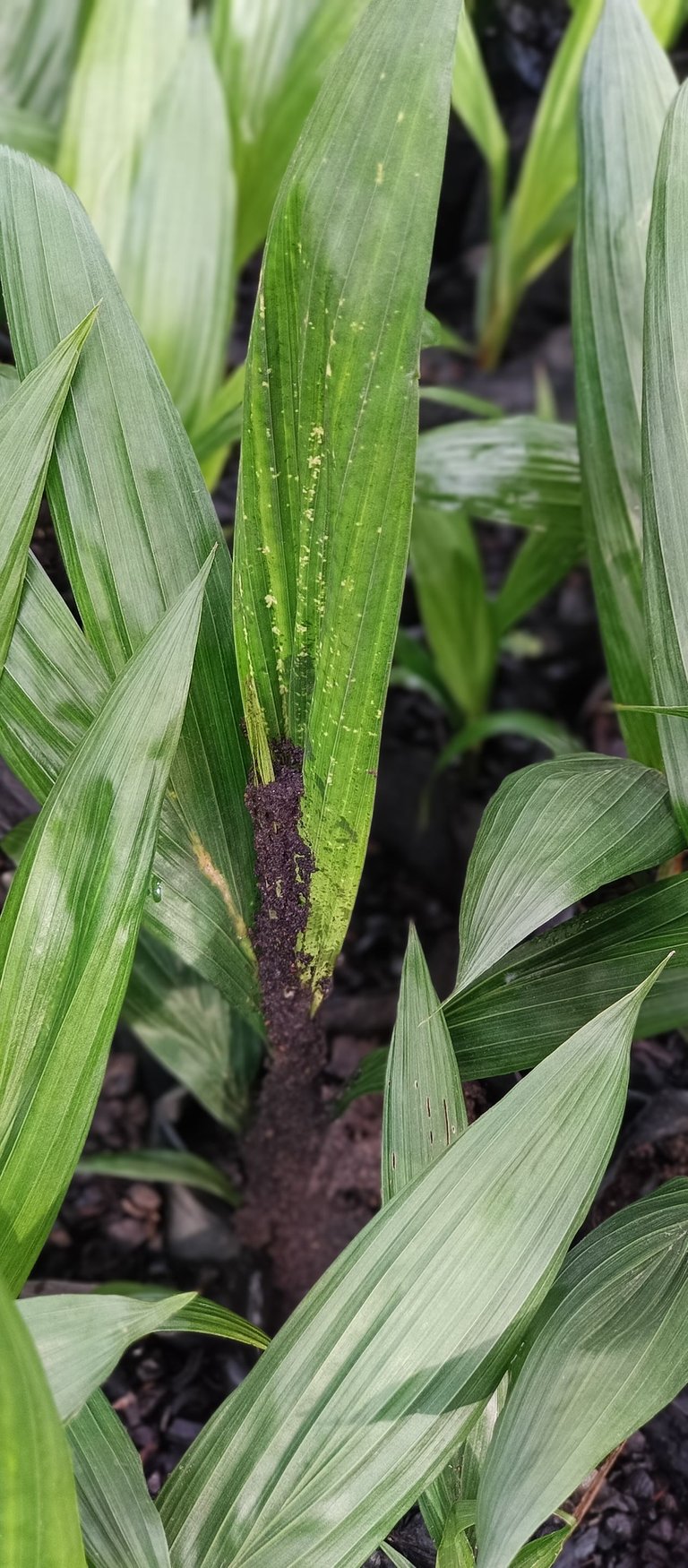
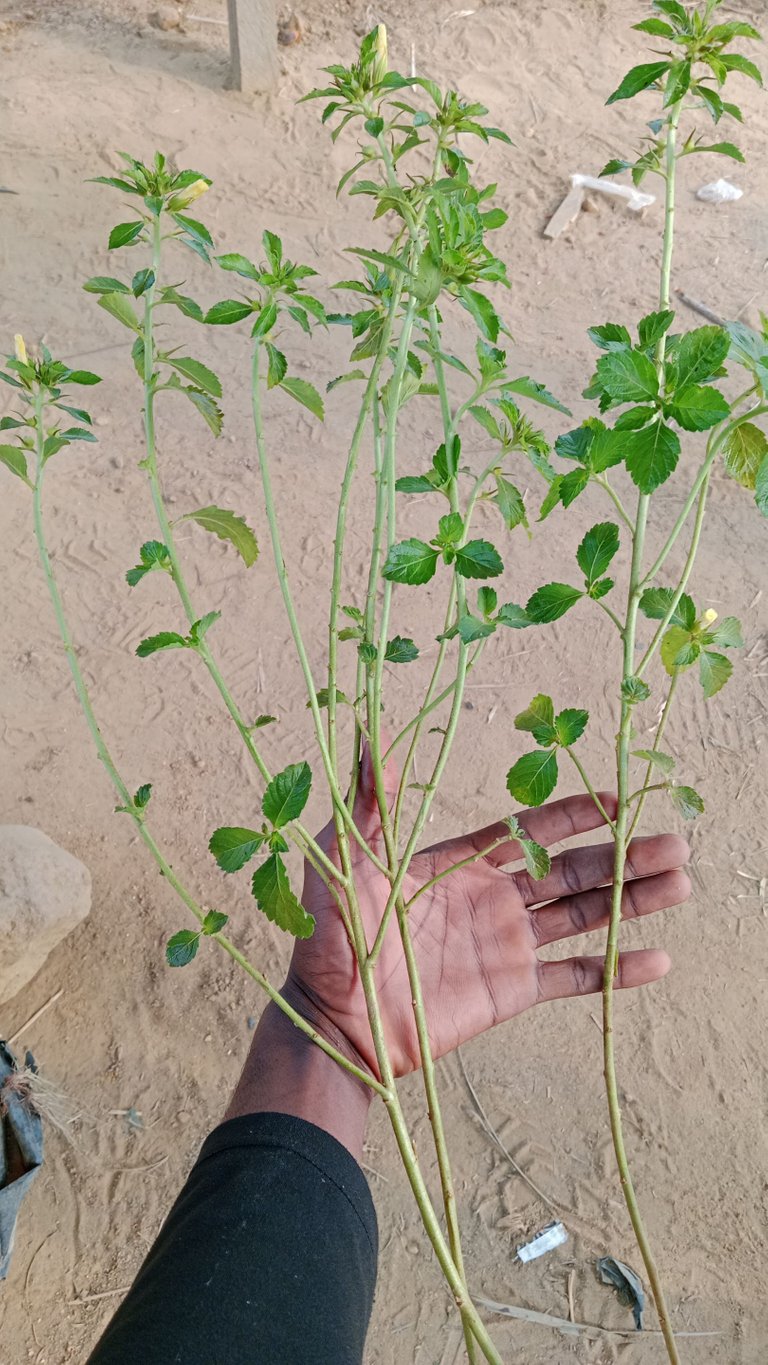
I closely monitored the infection rate for a period of three weeks. During this time, I observed a reduction in the rate of spread. However, there were still some seedlings that were severely affected. To address this, I instructed my team members to isolate all affected seedlings from the healthy ones in each bed. These affected seedlings were then transferred to a separate bed for special treatment. Additionally, I assigned the spraying gang to apply the Mankozeb fungicide once a week on the healthy seedlings and twice a week on the affected ones. As a result of these measures, both infected and none infected seedlings flourished anew, lush green pigmentation.
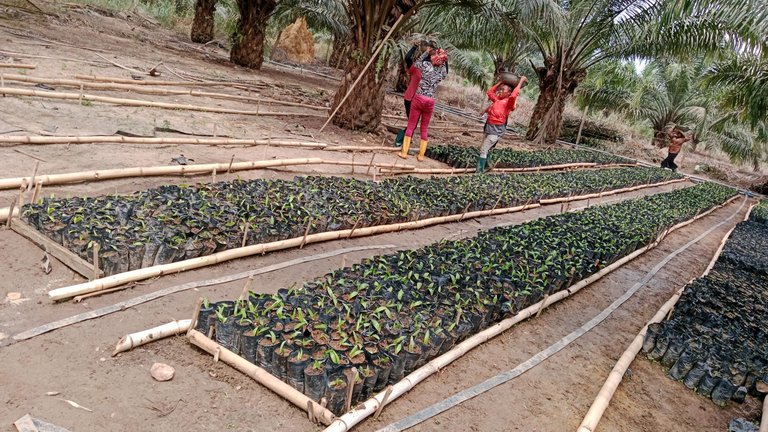
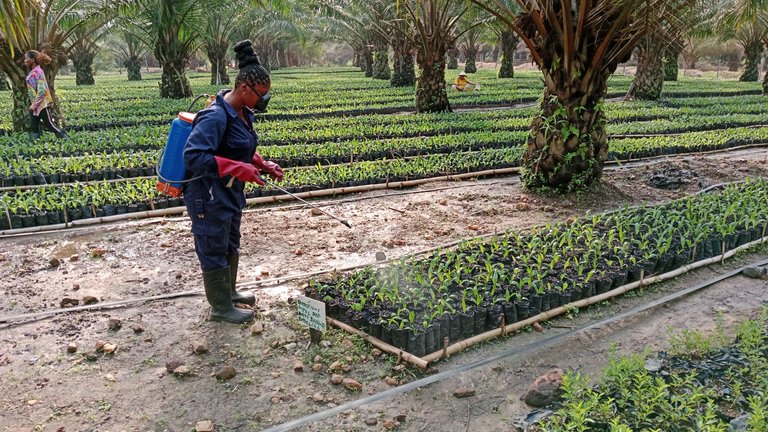
In Conclusion:
Three months after planting in the pre-nursery, my beautiful seedlings were ready to be transferred to the main nursery for transplanting. During this crucial process of conveying them from their beds to the tractors, I emphasized the importance of careful handling to all my workers. I instructed them to carry the seedlings from their potting media, ensuring they avoid grabbing the delicate leaves. Additionally, I made sure that the seedlings were not stacked in the tractors, as this could potentially cause damage.
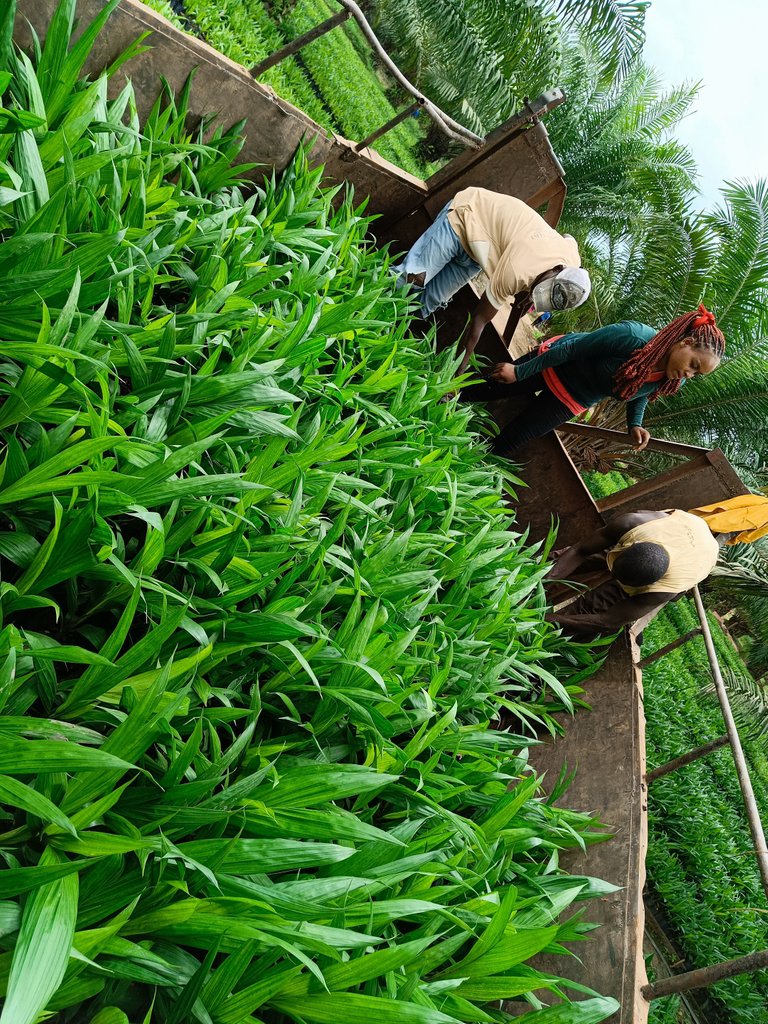
Thank you for taking the time to read my journey, and I trust that my insights will prove valuable to anyone embarking on a similar endeavor. Best wishes on your agricultural journey!